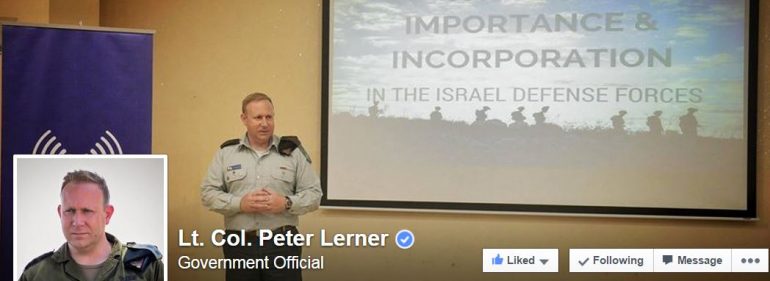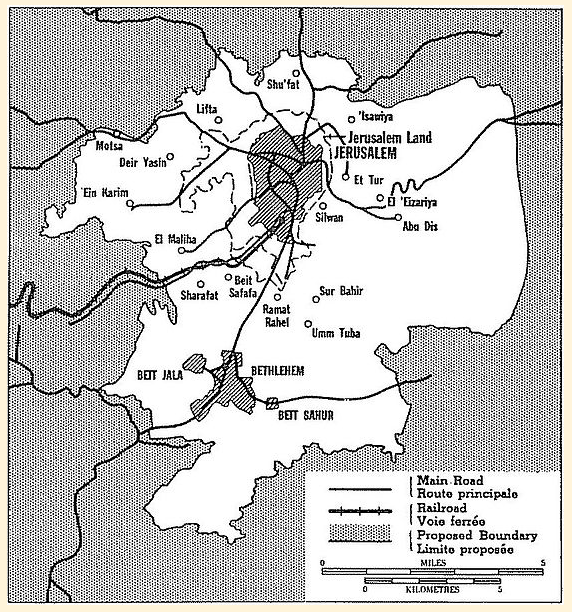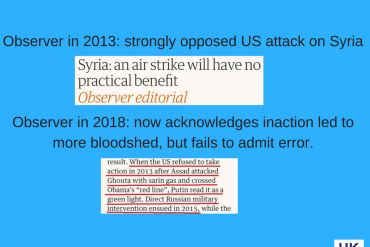One of the most sensational Guardian reports during the summer war involved a July 16th IDF attack on a Gaza beach which killed four Palestinian children. Yesterday, Israel’s military advocate general’s office issued its report on the tragedy. Here’s the Facebook update from Lt. Peter Lerner, IDF military spokesman, on the report.
Today the Military Advocate General announced his decision on one of the most tragic cases of last year’s conflict with Gaza. I believe it is one of the most covered incidents that was reported on by the media, it was the incident of an air force strike on Gaza beach that resulted in the tragic death of four boys, Ahed Atef Bakr, Zakariya Ahed Bakr, Mohammad Ramiz Bakr, and Ismail Mahmoud Bakr.
The military police carried out an extensive criminal investigation. During the investigation testimonies were collected from a large number of IDF soldiers and officers who were involved in the planning and execution of the attack. Additionally, an extensive number of documents relating to the attack were reviewed, along with video footage documenting the attack in real time, as well as media images and video footage which documented parts of the incident. Efforts were made to collect the testimonies of Gaza Strip residents who were, allegedly, witnesses to the incident. In this context, the collection of testimony from three witnesses was coordinated. Regretfully, despite the prior coordination, the witnesses eventually declined to meet the investigators, and instead provided affidavits in regard to the incident.
From the factual findings collected by the investigators, it revealed that the incident took place in an area that had long been known as a compound belonging to Hamas’s Naval Police and Naval Force (including naval commandos), and which was utilized exclusively by militants. The compound in question spans the length of the breakwater of the Gaza City seashore, closed off by a fence and clearly separated from the beach serving the civilian population. It further found in the course of the investigation (including from the affidavits provided by Palestinian witnesses), that the compound was known to the residents of the Gaza Strip as a compound which was used exclusively by Hamas’s Naval Police.
The IDF carried out a number of attacks on the compound in the days prior to the incident. In the course of one such attack, which took place on the day prior to the incident (15 July 2014), a container located inside the compound, which was used to store military supplies, was attacked.
Shortly before the incident, an intelligence assessment was established which indicated that operatives from Hamas’s Naval Forces would gather in the military compound in order to prepare for military activity against the IDF. On 16 July, aerial surveillance identified a number of figures entering the compound at a running pace. These figures entered a shed adjoining the container which had been attacked the day prior. Against the backdrop of the aforementioned intelligence assessment, these were believed to be militants from Hamas’s Naval Forces, who had arrived at the compound in order to prepare to execute the aforementioned military activity against the IDF. It should be stressed that the figures were not identified at any point during the incident, as children.
In light of the above, it was decided to conduct an aerial attack against the figures which had been identified, after all the necessary authorizations for an attack had been obtained, and after a civilian presence in the area had been ruled out. When one of the identified figures entered into the remains of the container which had been attacked on the day prior to the incident, one missile was fired from the air towards the container and the adjoining shed. As a result of this attack, it appeared that one of the figures identified was hit. Following this attack, the rest of the figures began to run in the direction of the compound’s exit. Shortly before their exit from the compound, an additional missile was fired from the air towards them, which hit the figures in question after they had exited the compound.
Tragically, in the wake of the incident it became clear that the outcome of the attack was the death of four children, who had entered the military compound for reasons that remain unclear. It further arose from the investigation that, under the circumstances in question, it would not have been possible for the operational entities involved to have identified these figures, via aerial surveillance, as children.
After reviewing the investigation’s findings, the Military Advocate General found that the attack process in question accorded with Israeli domestic law and international law requirements. The decision to attack was taken by the competent authorities, and the attack was aimed at figures who were understood to be militants from Hamas’s Naval Forces, who had gathered in order to prepare to carry out military activities against the IDF. At the time that the decision was made, the attack was not, according to the assessment of the operational entities, expected to result in any collateral damage to civilians or to civilian property. Moreover, the attack was carried out while undertaking several precautionary measures, which aimed to prevent any harm to civilians. Such measures included, inter alia, the choice of a munition which was not expected to cause any harm to civilians, and the deployment of real time visual surveillance. The Military Advocate General found that the professional discretion exercised by all the commanders involved in the incident had not been unreasonable under the circumstances. However, it became clear after the fact that the identification of the figures as militants from Hamas’s Naval Forces, was in error. Nonetheless, the tragic outcome of the incident does not affect the legality of the attack ex post facto.
Accordingly, the Military Advocate General ordered that the investigation file be closed without any further legal proceedings – criminal or disciplinary – to be taken against those involved in the incident. Nonetheless, inter alia as a result of this incident, the IDF has been working to improve a number of its operational capabilities, including technological capabilities, in order to minimize the risk of the recurrence of tragic incidents of this kind.





